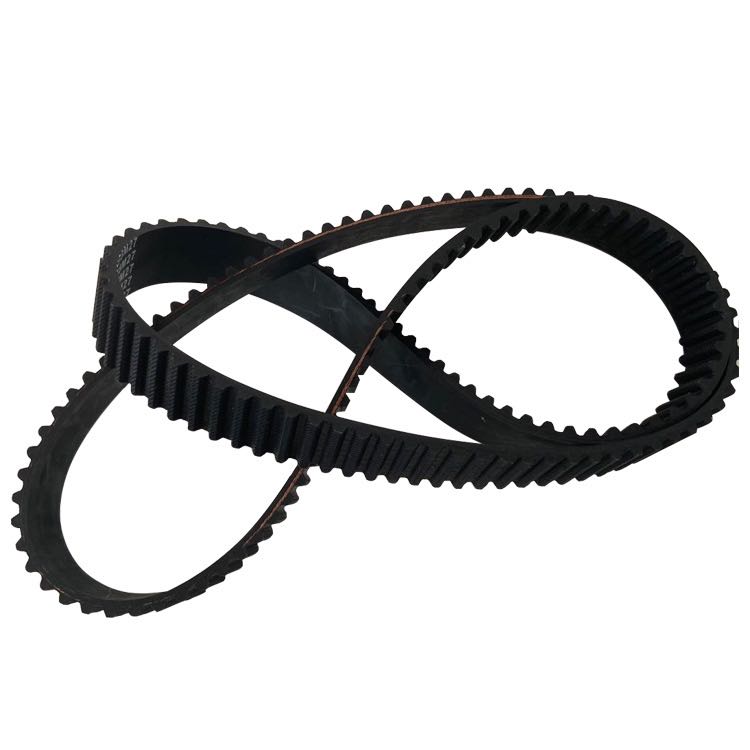- Arabic
- French
- Russian
- Spanish
- Portuguese
- Turkish
- Armenian
- English
- Albanian
- Amharic
- Azerbaijani
- Basque
- Belarusian
- Bengali
- Bosnian
- Bulgarian
- Catalan
- Cebuano
- Corsican
- Croatian
- Czech
- Danish
- Dutch
- Afrikaans
- Esperanto
- Estonian
- Finnish
- Frisian
- Galician
- Georgian
- German
- Greek
- Gujarati
- Haitian Creole
- hausa
- hawaiian
- Hebrew
- Hindi
- Miao
- Hungarian
- Icelandic
- igbo
- Indonesian
- irish
- Italian
- Japanese
- Javanese
- Kannada
- kazakh
- Khmer
- Rwandese
- Korean
- Kurdish
- Kyrgyz
- Lao
- Latin
- Latvian
- Lithuanian
- Luxembourgish
- Macedonian
- Malgashi
- Malay
- Malayalam
- Maltese
- Maori
- Marathi
- Mongolian
- Myanmar
- Nepali
- Norwegian
- Norwegian
- Occitan
- Pashto
- Persian
- Polish
- Punjabi
- Romanian
- Samoan
- Scottish Gaelic
- Serbian
- Sesotho
- Shona
- Sindhi
- Sinhala
- Slovak
- Slovenian
- Somali
- Sundanese
- Swahili
- Swedish
- Tagalog
- Tajik
- Tamil
- Tatar
- Telugu
- Thai
- Turkmen
- Ukrainian
- Urdu
- Uighur
- Uzbek
- Vietnamese
- Welsh
- Bantu
- Yiddish
- Yoruba
- Zulu
Oct . 03, 2024 17:48 Back to list
engine v belt
Understanding Engine V-Belts A Key Component in Automotive Performance
When it comes to the functioning of an automobile, every component plays a significant role, and one of the essential elements often overlooked is the engine V-belt. This seemingly simple rubber component is critical for transferring power between the engine and various accessories, ensuring that everything runs smoothly and efficiently.
What is an Engine V-Belt?
An engine V-belt is a type of belt characterized by its trapezoidal cross-section. This unique shape allows the belt to maintain a stronger grip on pulleys, reducing slippage. V-belts have been widely used in automotive applications for decades due to their efficiency and durability. They typically connect the engine's crankshaft to accessories such as the alternator, power steering pump, water pump, and air conditioning compressor.
Functionality and Importance
The primary function of an engine V-belt is to transmit rotational power. When the engine runs, it generates power through combustion, which is then channeled through the crankshaft. The V-belt rotates with the crankshaft, transferring that energy to various accessories that help operate the vehicle's electrical systems, steering, and cooling processes. Without a functional V-belt, these systems would fail to operate, leading to potential breakdowns and costly repairs.
Moreover, engine efficiency is heavily reliant on the condition of the V-belt. A worn-out or damaged belt can slip or break, causing a loss of power to the accessories and leading to suboptimal performance. This can also result in overheating, steering issues, and electrical failures, making regular maintenance of the V-belt crucial for vehicle reliability.
engine v belt

Types of V-Belts
There are several types of V-belts available on the market, including standard V-belts, narrow V-belts, and cogged V-belts. Standard V-belts are the most common, known for their versatility and strength. Narrow V-belts offer a smaller cross-section, making them ideal for compact spaces. Cogged V-belts have notches along the inner surface, which enhance flexibility and minimize heat build-up, making them suitable for high-performance applications.
Maintenance and Replacement
Regular inspection of the V-belt should be part of any vehicle’s maintenance schedule. Signs of wear include cracks, fraying, or glazing on the surface. If any of these issues are visible, it's advisable to replace the belt to prevent failure. Generally, V-belts should be replaced every 30,000 to 50,000 miles, but this can vary based on the vehicle's make, model, and usage.
Conclusion
In conclusion, the engine V-belt may seem like a small part of the automotive system, but its role is significant in ensuring optimal vehicle performance. By understanding its function and keeping up with regular maintenance, vehicle owners can prevent unexpected failures and extend the life of their automobiles. Investing time in maintaining this essential component not only saves money on repairs but also ensures a reliable and enjoyable driving experience.
-
Upgrade Power Steering Pump Belt for Smooth, Quiet Operation
NewsAug.27,2025
-
Precision Timing Belt & Chain: Engine Performance & Durability
NewsAug.26,2025
-
Precision Lathe Drive Belts: Durable & Reliable Performance
NewsAug.25,2025
-
84.5 Serpentine Belt: Durable & Precision Fit for Your Engine
NewsAug.24,2025
-
Premium Ribbed Drive Belts for Quiet Power Transmission
NewsAug.23,2025
-
High-Performance Vehicle Timing Belt for Engine Precision
NewsAug.22,2025

